Necessary information
Detailed prescription
A precise prescription must be provided by the dentist, clearly describing the patient’s aesthetic expectations and technical specifications for the prosthesis.
Accurate digital impressions
High quality digital impressions of the patient’s oral cavity must be taken to obtain an accurate model of the teeth and gingivae.
Objective colour measurement
A spectrophotometer is used to objectively measure the colour of the patient’s teeth. Unlike visual observation, which can be subject to subjective interpretations, the spectrophotometer provides precise quantitative data, ensuring an accurate match between the colour of the prosthesis and that of the patient’s natural teeth.
Comparison with reference samples
The spectrophotometer compares the measured colour with reference samples, such as standardised shade guides, to find the closest match to the patient’s natural tooth colour. This ensures an accurate match with the colour desired by the patient or prescribed by the dentist.
Intra-oral photographs
Detailed intra-oral photographs of the patient can be useful for the dental technician to better understand the morphology and colour of the patient’s teeth.
Smile line indications
The dentist can indicate the smile line, that is, the alignment and desired position of the edges of the teeth when smiling.
Occlusal dynamics data
Information on occlusion is essential for a prosthesis that integrates perfectly with the teeth.
Materials and techniques
The dentist and dental technician should discuss the materials and techniques to be used.
Use of 3D and 4D smile designers
Smile designers perform a comprehensive aesthetic analysis of the patient’s face, taking into account facial shape, facial features, lips, eye colour and other elements. This holistic approach allows for the design of prostheses that perfectly harmonise with the patient’s overall appearance.
Personalised design
Using CAD tools and 3D printing, smile designers can create digital models of personalised prostheses based on the patients’ aesthetic preferences. These models enable visualisation of the final result before manufacturing, allowing for adjustments if necessary.
Patient involvement
Smile designers actively involve patients in the design process by consulting them on their aesthetic preferences and considering their specific wishes. This collaborative approach gives patients a sense of control over their treatment and confidence in their new smile.
Patient’s smile simulations before treatment
Smile designers use advanced software to simulate the appear ance of the smile after prosthetic treatment. These simulations allow the patient to see the potential result before making a definitive decision, thereby increasing treatment compliance.
Communication between the dentist and dental technician
Smile designers act as mediators between the dentist and dental technician, communicating essential information for the prosthesis realisation. This effective communication ensures that the patient’s aesthetic expectations are met.
Optimisation of function and aesthetics
Smile designers aim to balance masticatory function with the aesthetics of the smile. They ensure that prostheses are not only beautiful but also functional and comfortable for the patient.



 Austria / Österreich
Austria / Österreich
 Bosnia and Herzegovina / Босна и Херцеговина
Bosnia and Herzegovina / Босна и Херцеговина
 Bulgaria / България
Bulgaria / България
 Croatia / Hrvatska
Croatia / Hrvatska
 Czech Republic & Slovakia / Česká republika & Slovensko
Czech Republic & Slovakia / Česká republika & Slovensko
 France / France
France / France
 Germany / Deutschland
Germany / Deutschland
 Greece / ΕΛΛΑΔΑ
Greece / ΕΛΛΑΔΑ
 Hungary / Hungary
Hungary / Hungary
 Italy / Italia
Italy / Italia
 Netherlands / Nederland
Netherlands / Nederland
 Nordic / Nordic
Nordic / Nordic
 Poland / Polska
Poland / Polska
 Portugal / Portugal
Portugal / Portugal
 Romania & Moldova / România & Moldova
Romania & Moldova / România & Moldova
 Slovenia / Slovenija
Slovenia / Slovenija
 Serbia & Montenegro / Србија и Црна Гора
Serbia & Montenegro / Србија и Црна Гора
 Spain / España
Spain / España
 Switzerland / Schweiz
Switzerland / Schweiz
 Turkey / Türkiye
Turkey / Türkiye
 UK & Ireland / UK & Ireland
UK & Ireland / UK & Ireland
 Brazil / Brasil
Brazil / Brasil
 Canada / Canada
Canada / Canada
 Latin America / Latinoamérica
Latin America / Latinoamérica
 USA / USA
USA / USA
 China / 中国
China / 中国
 India / भारत गणराज्य
India / भारत गणराज्य
 Pakistan / Pākistān
Pakistan / Pākistān
 Vietnam / Việt Nam
Vietnam / Việt Nam
 ASEAN / ASEAN
ASEAN / ASEAN
 Israel / מְדִינַת יִשְׂרָאֵל
Israel / מְדִינַת יִשְׂרָאֵל
 Algeria, Morocco & Tunisia / الجزائر والمغرب وتونس
Algeria, Morocco & Tunisia / الجزائر والمغرب وتونس
 Middle East / Middle East
Middle East / Middle East
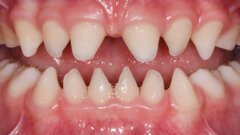
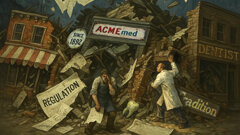






















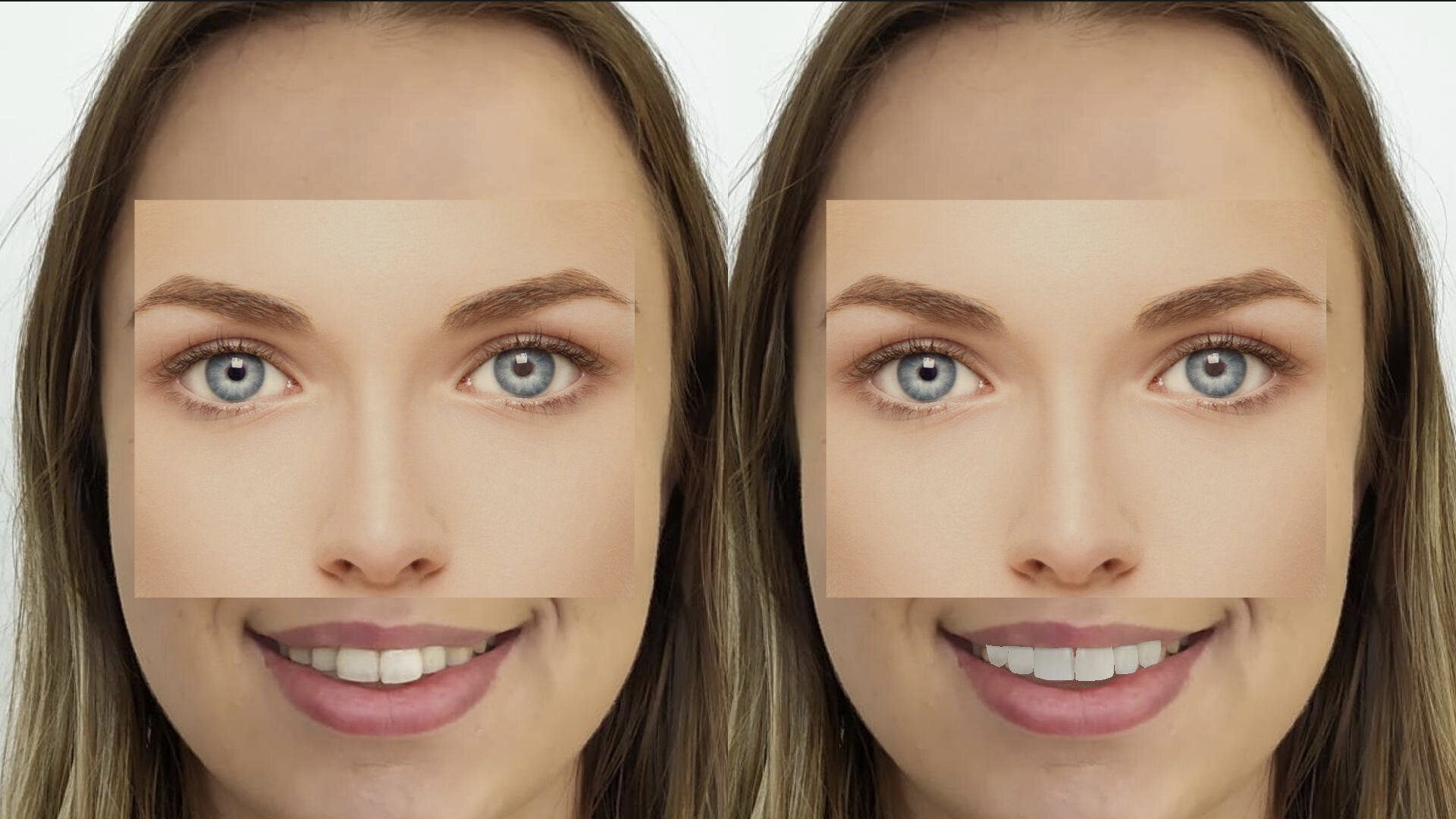

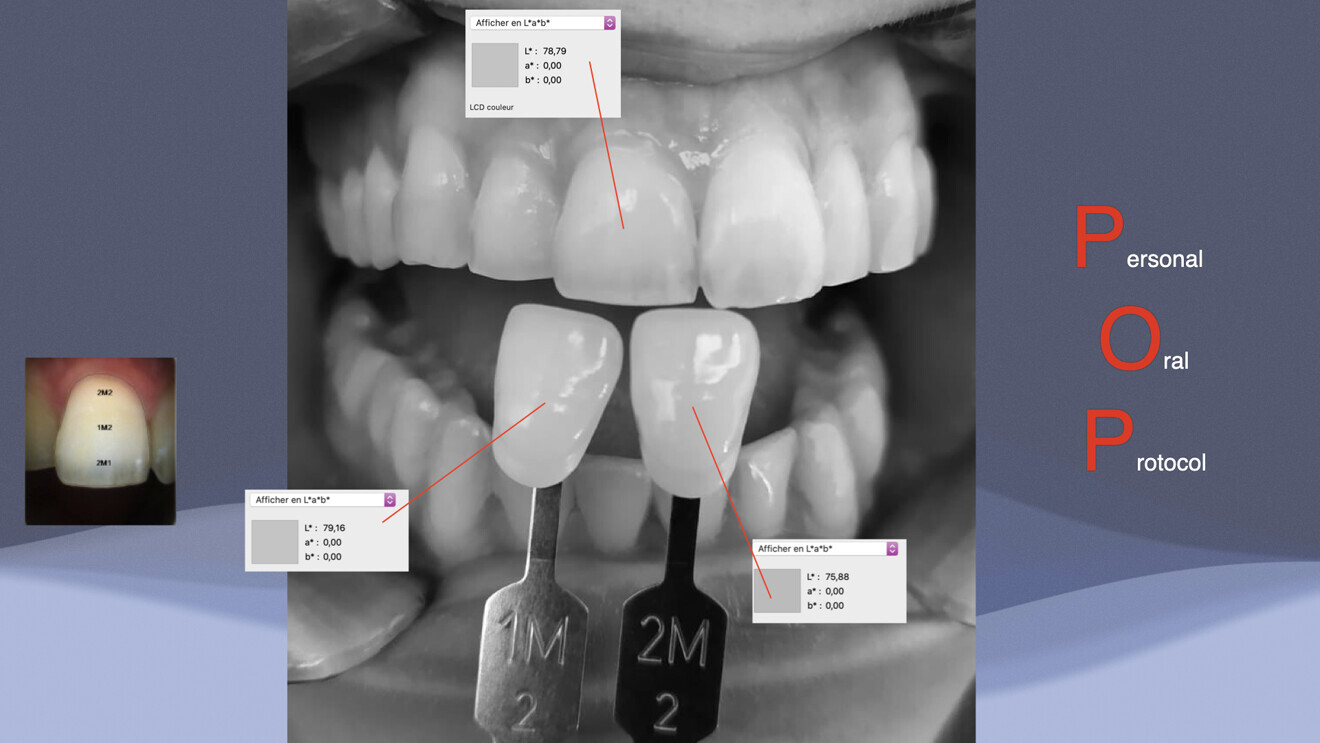
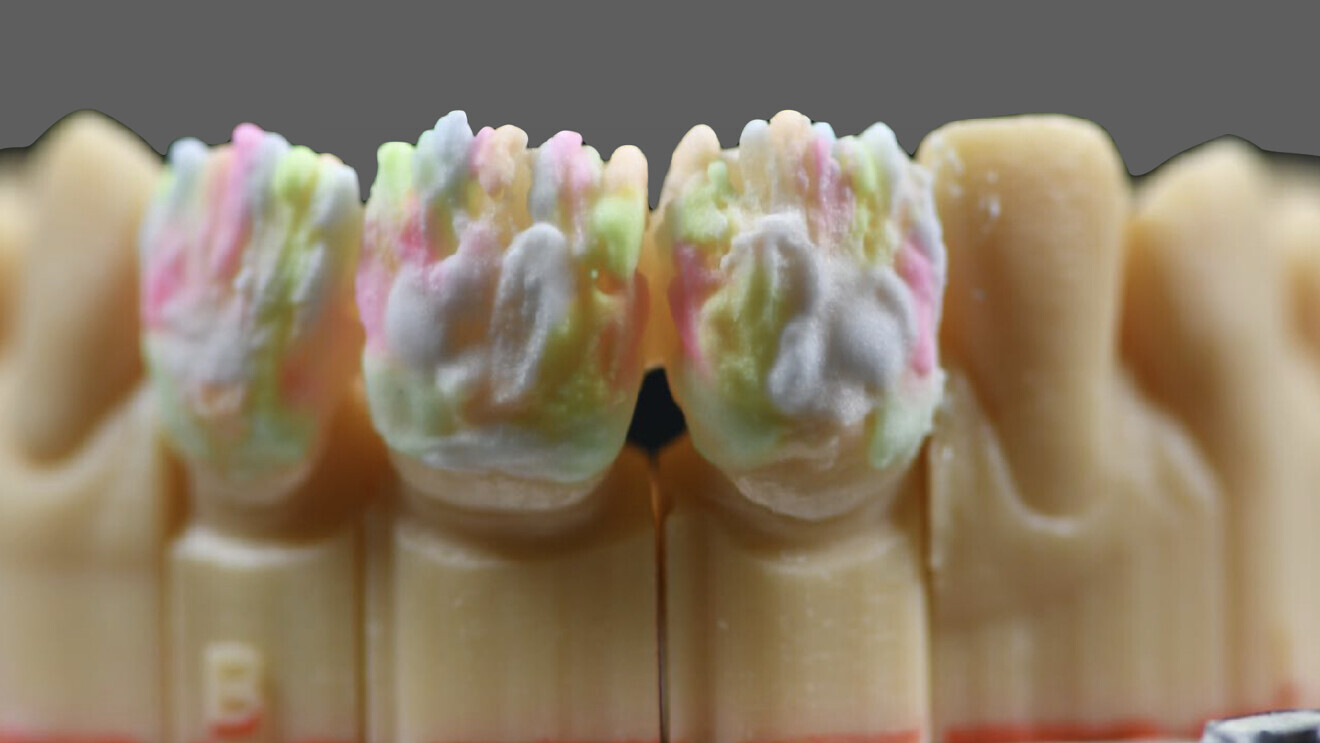
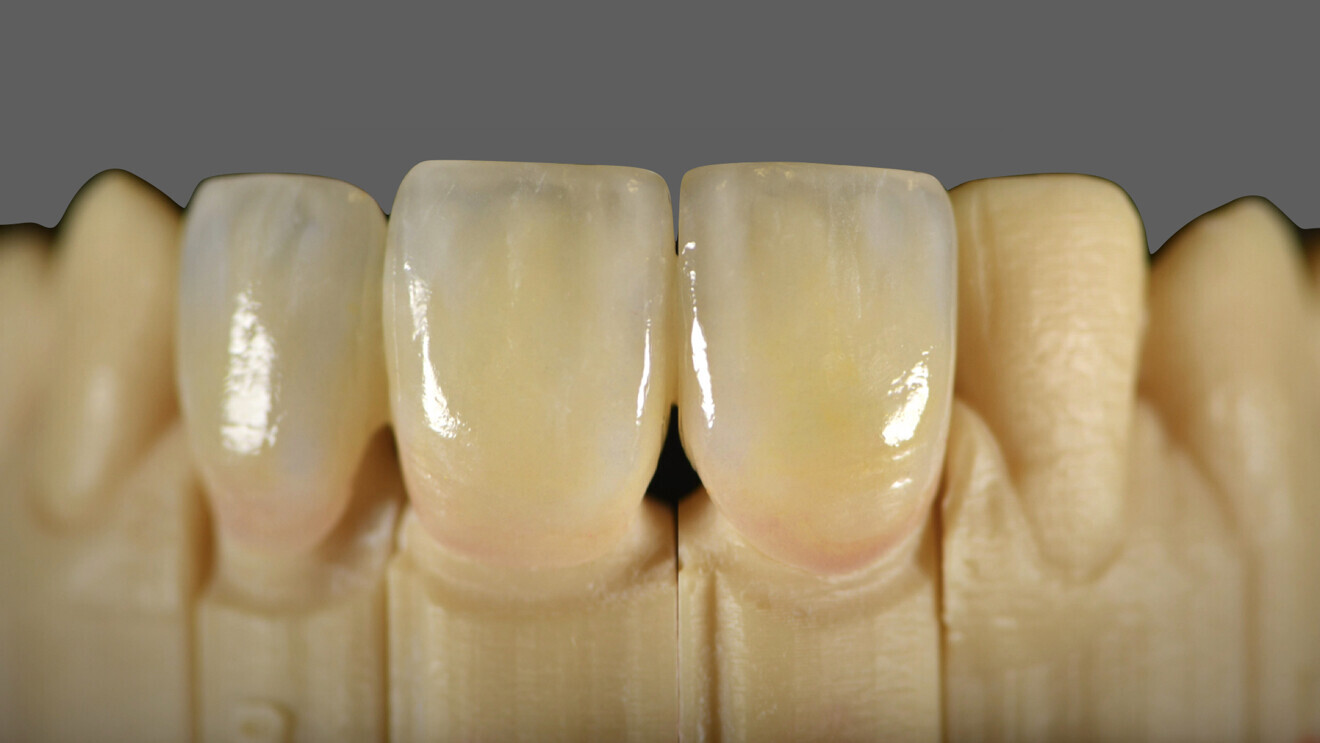
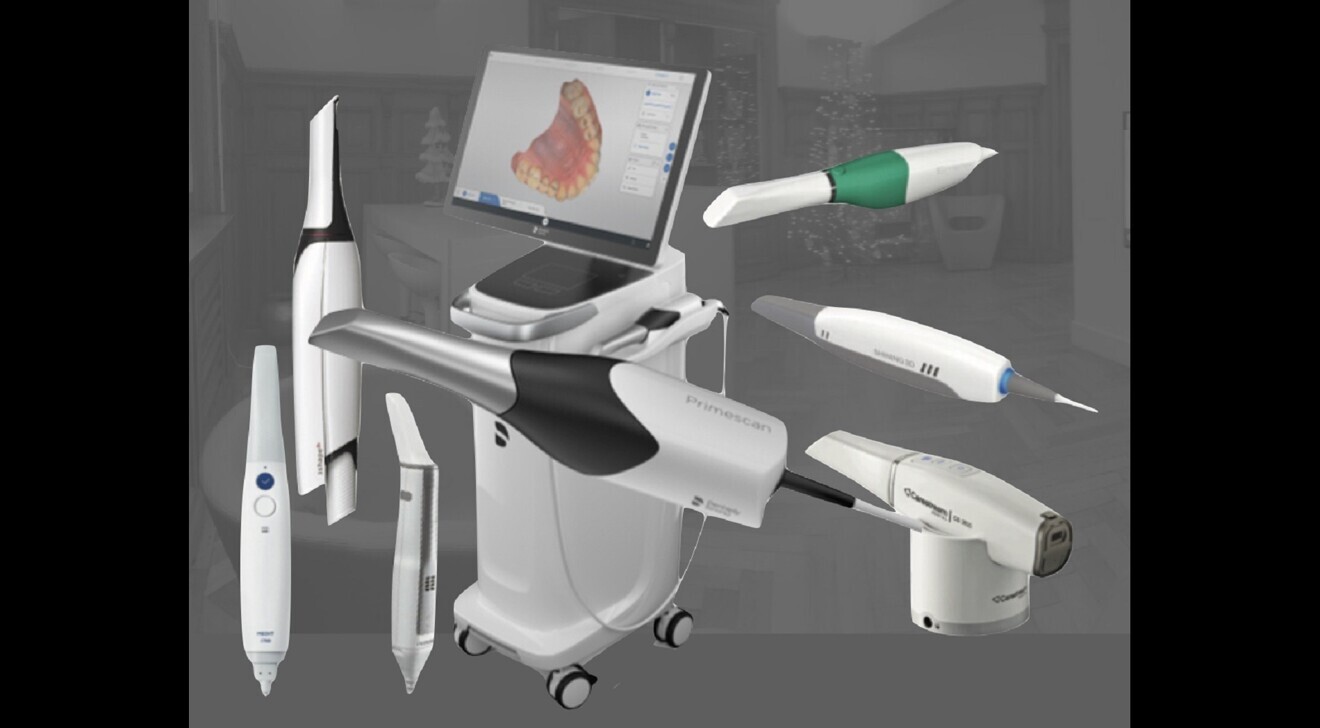
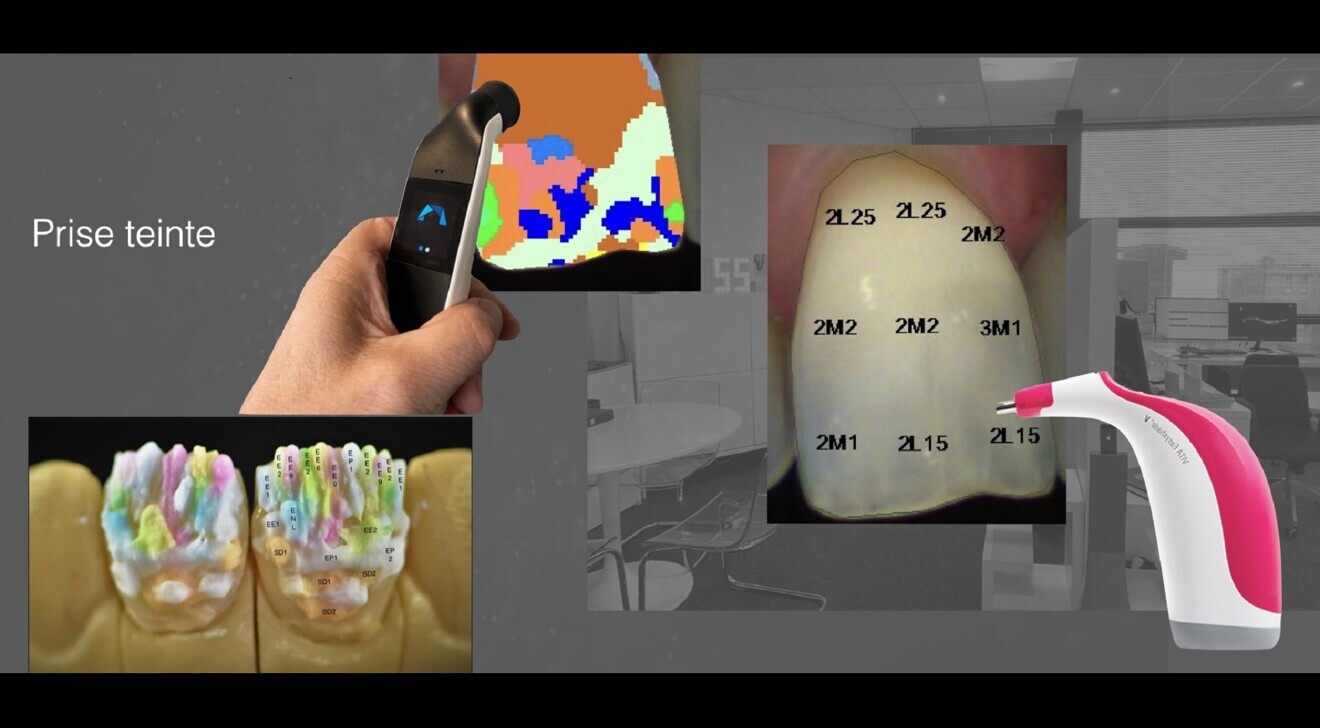
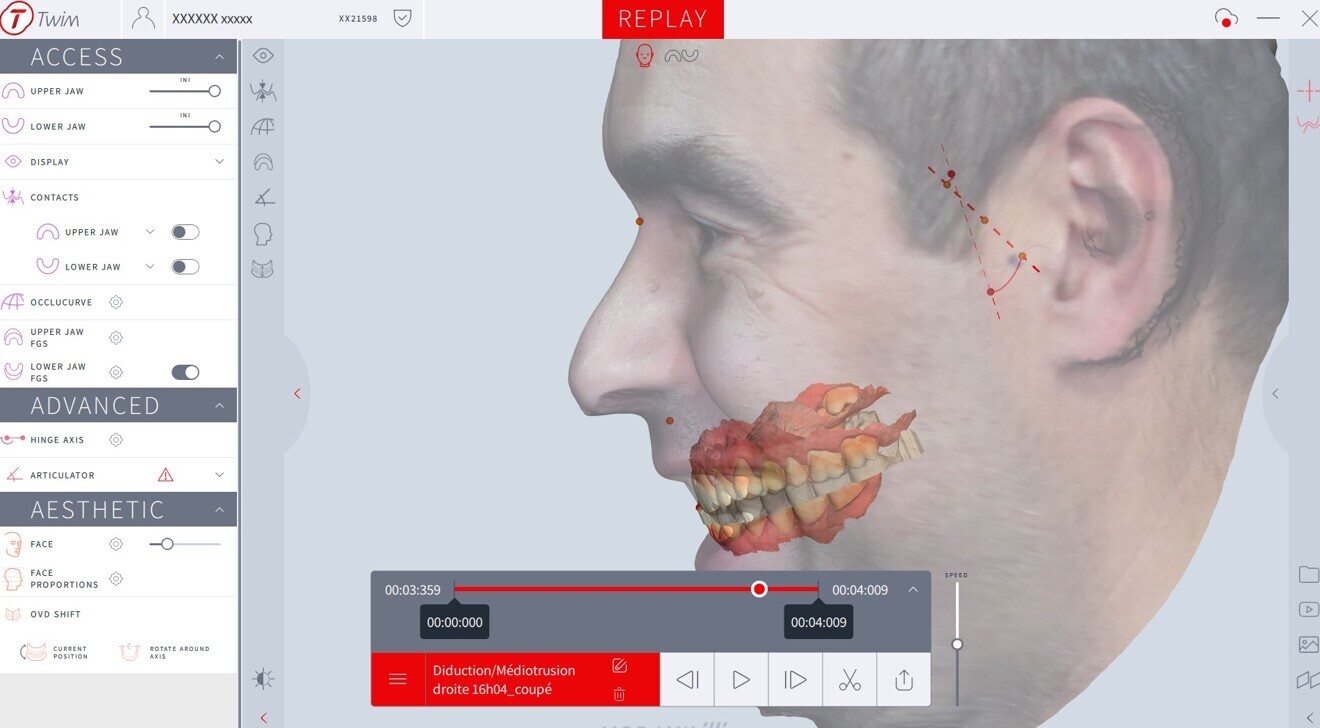
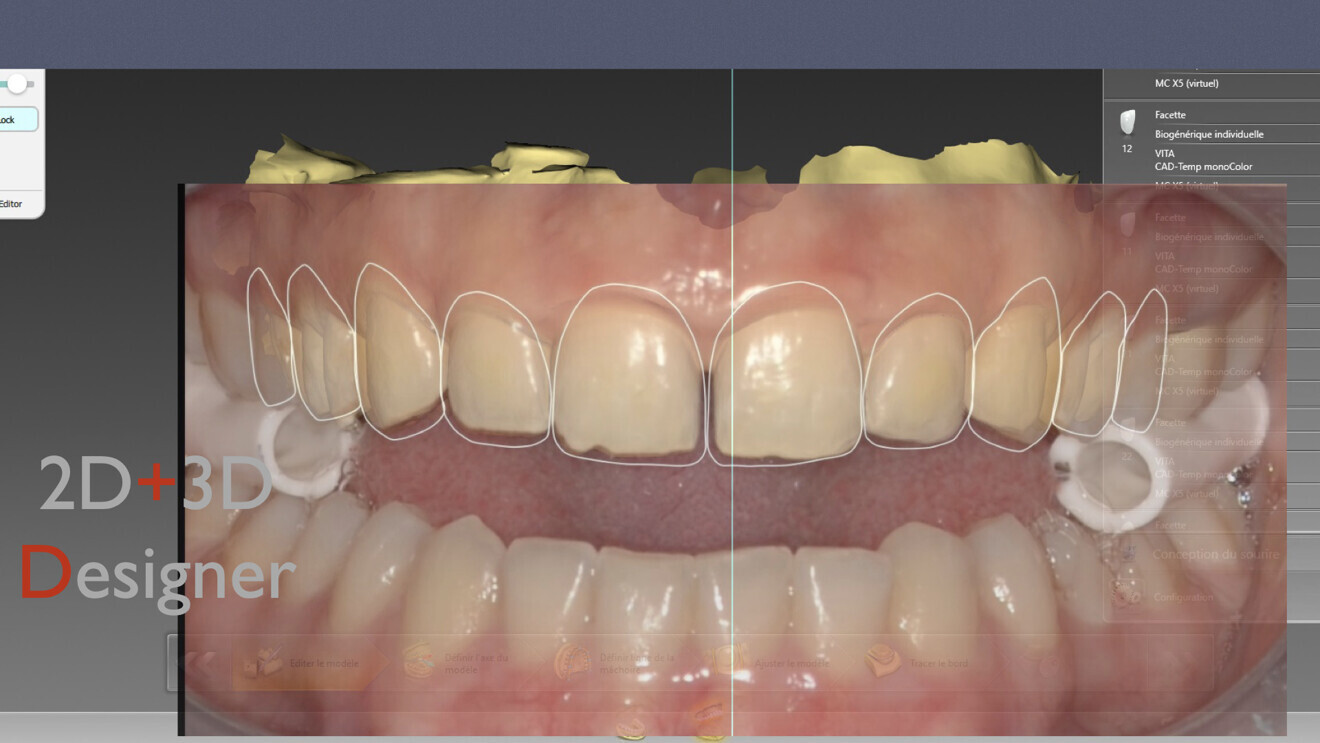
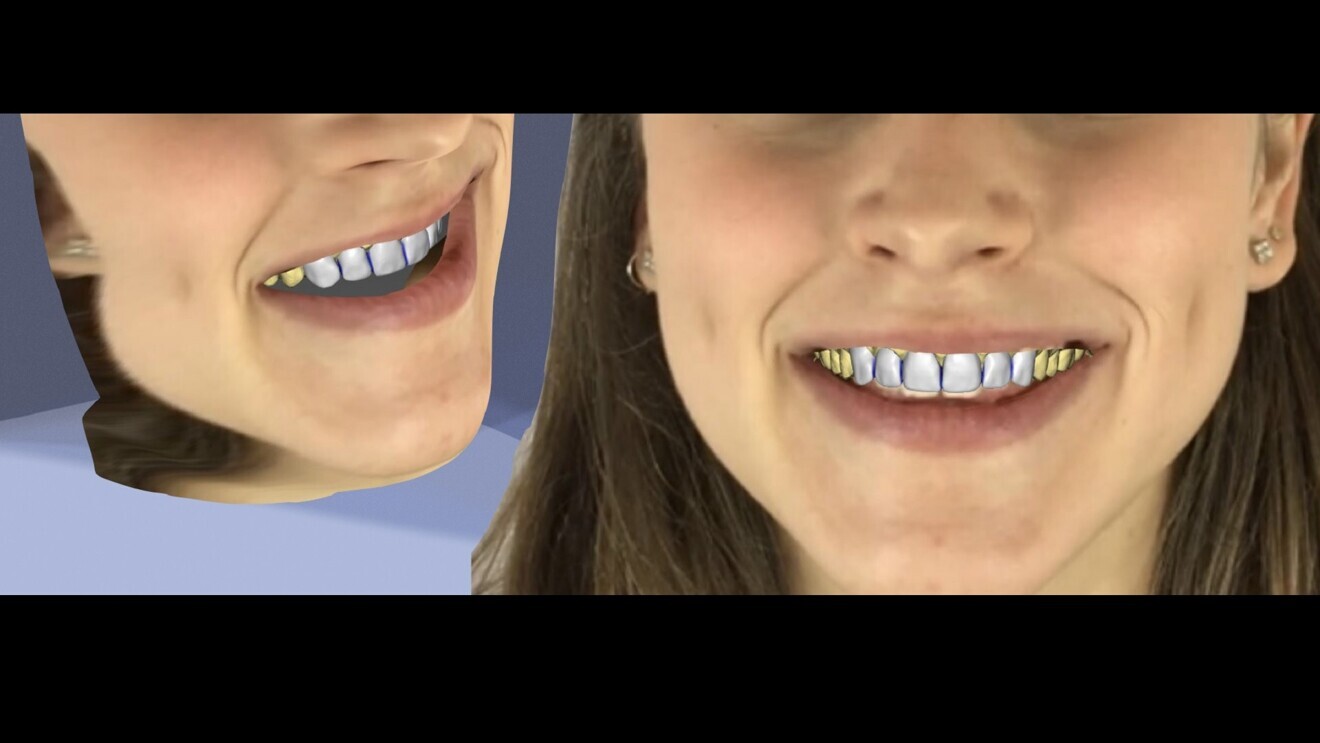
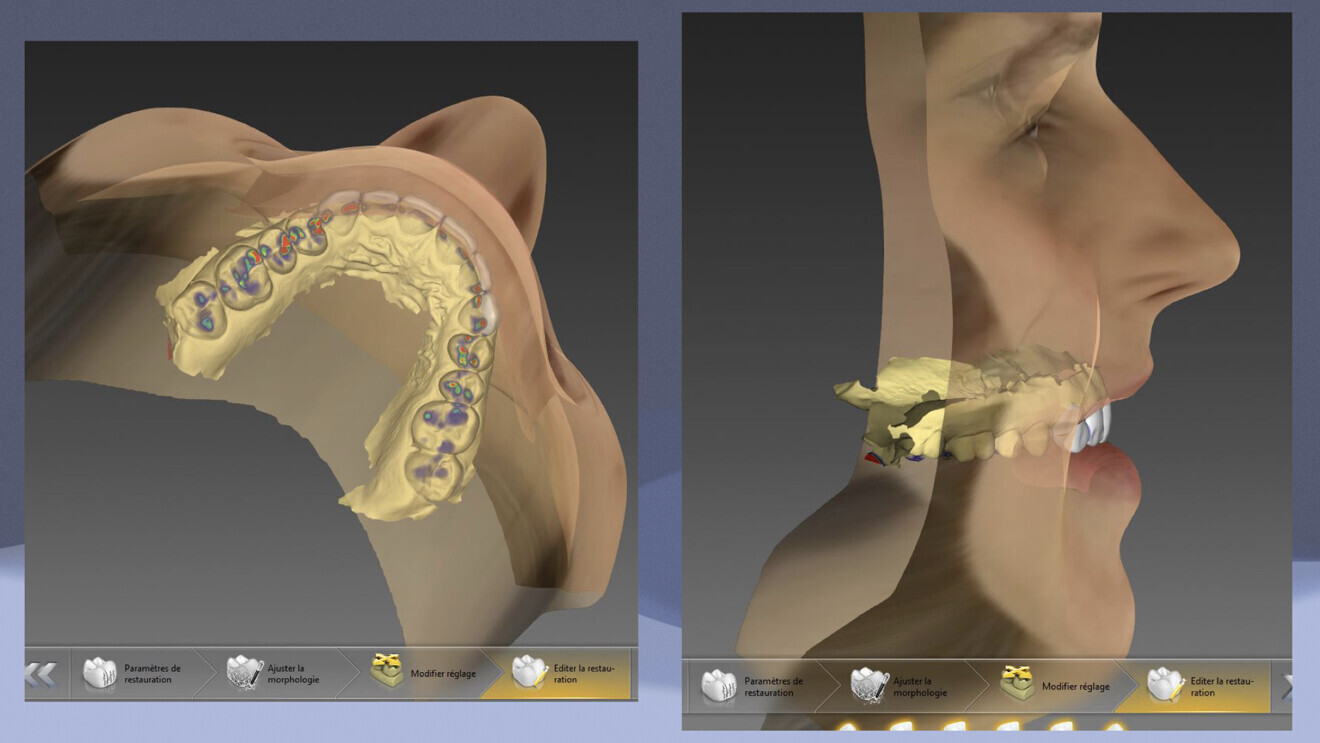
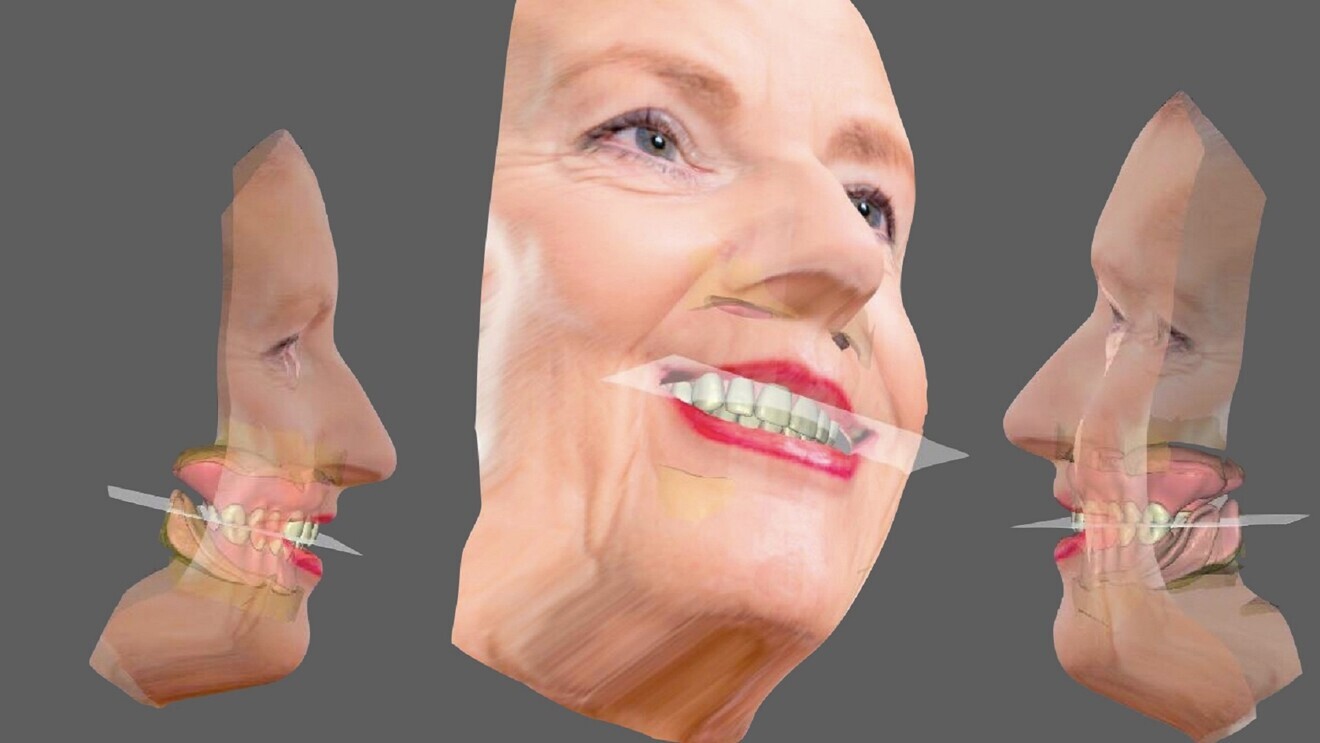
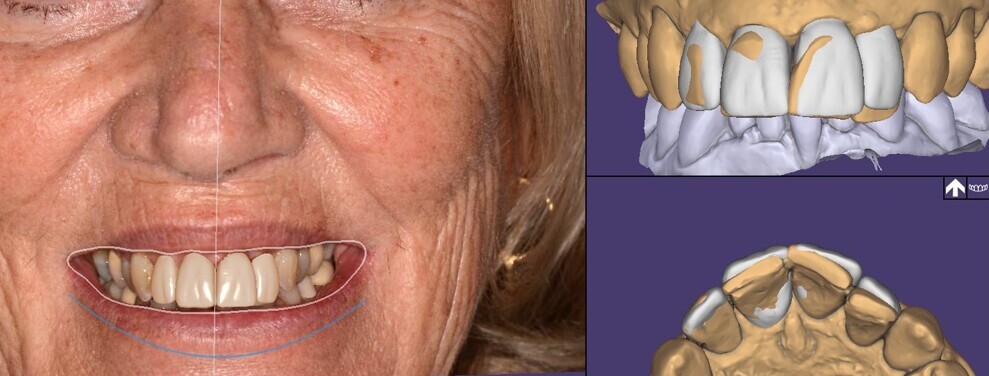
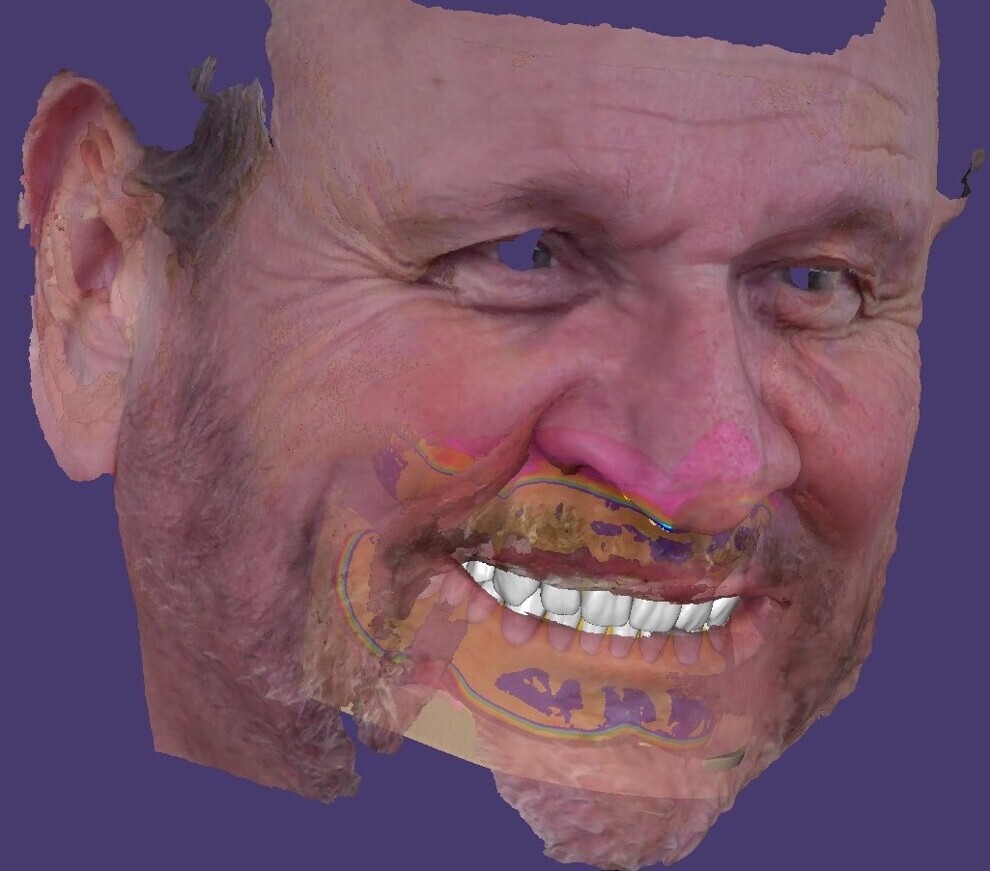
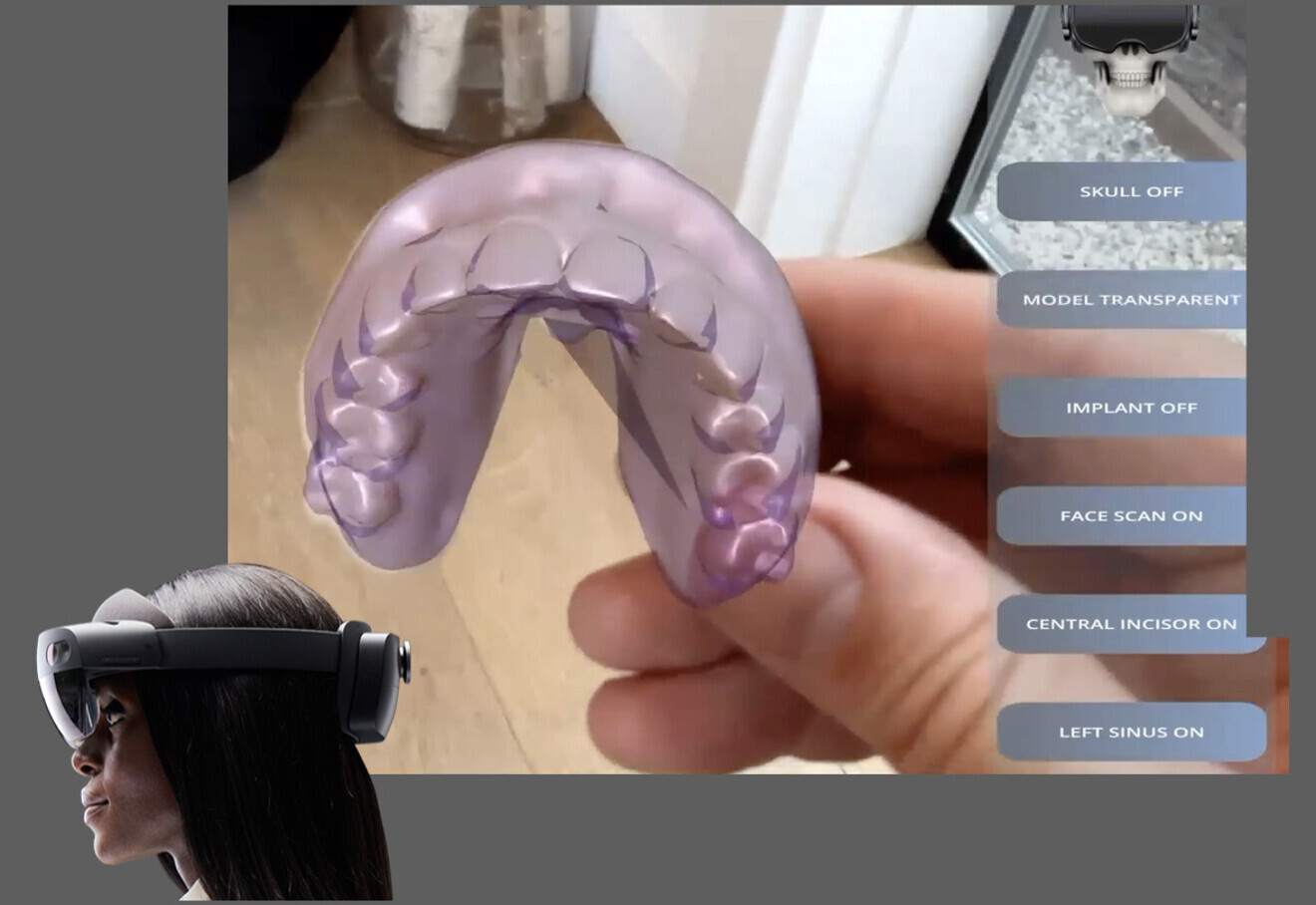
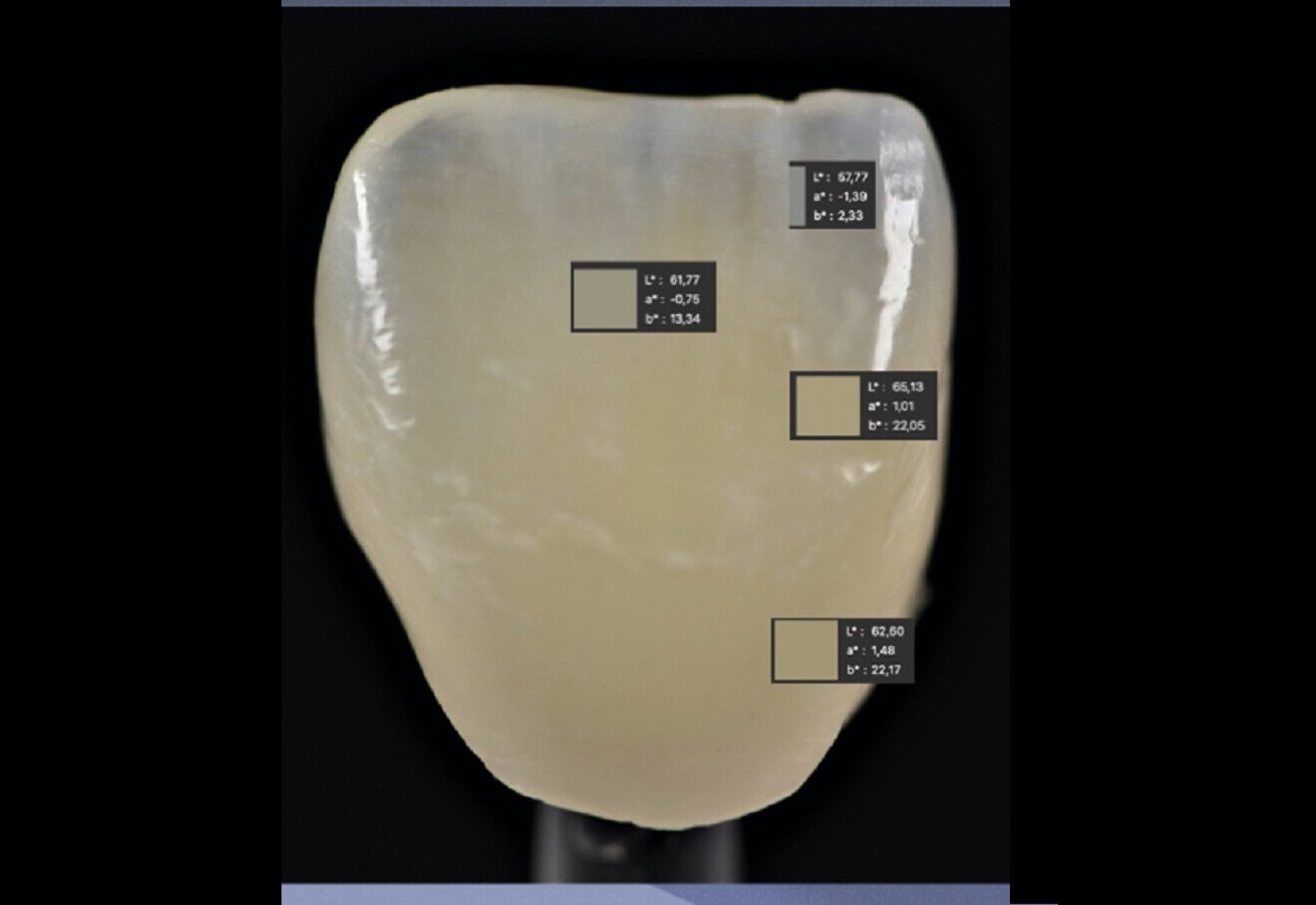
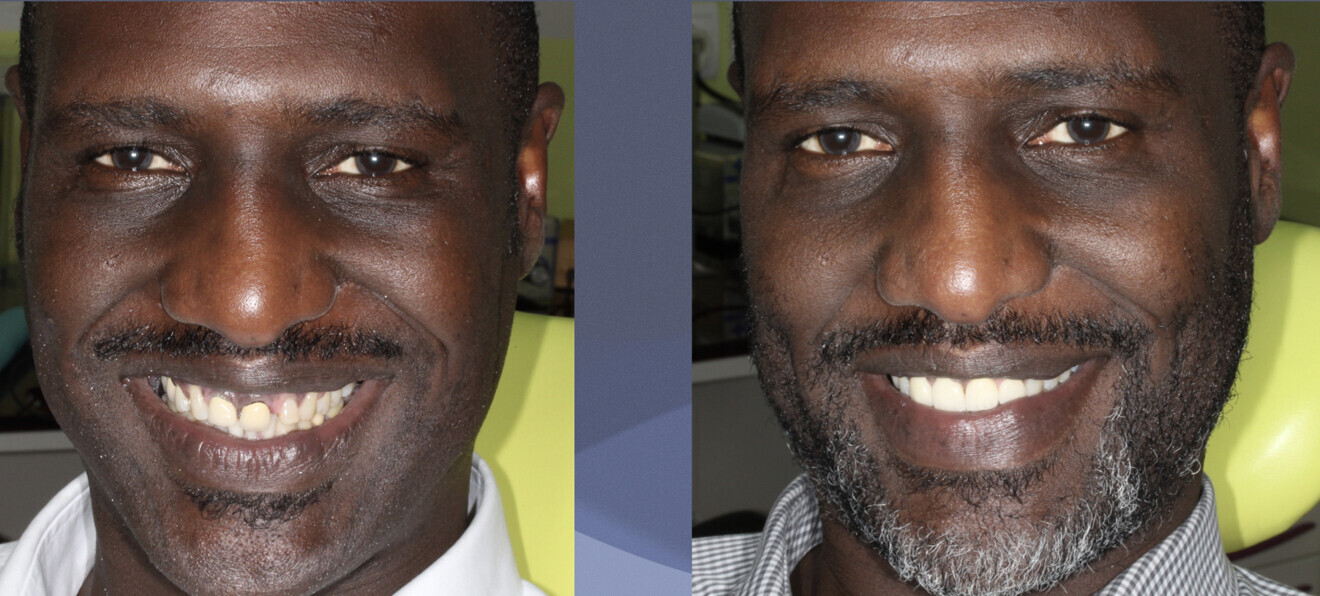
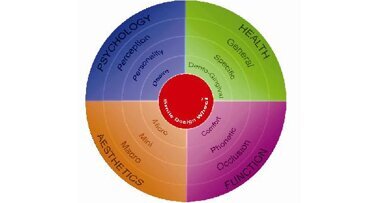
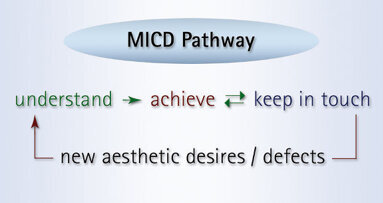
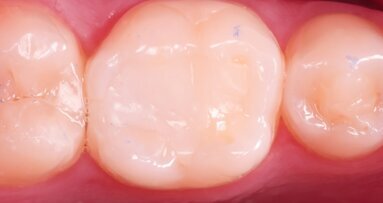
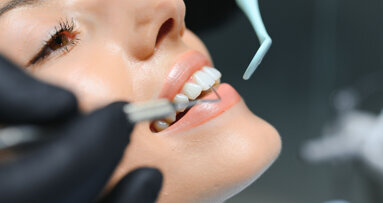

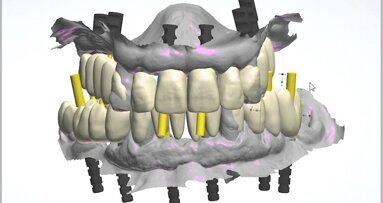
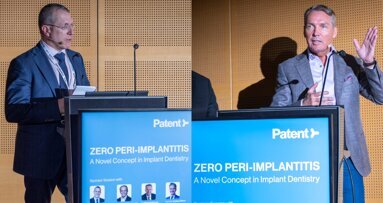
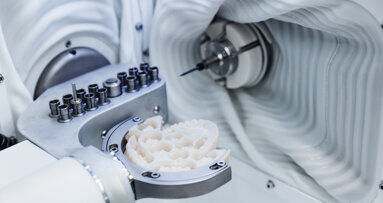
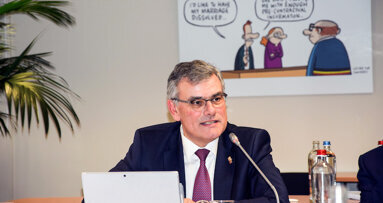
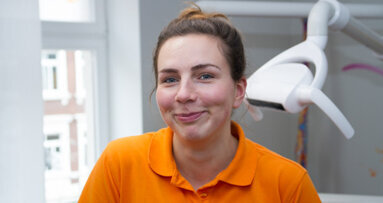







To post a reply please login or register